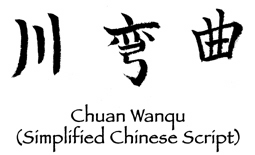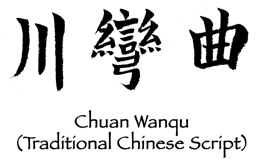The little seals stamped in red ink are a characteristic part of Japanese and Chinese inked artwork, including calligraphy and painting. One kind of seal, the artist signature seal, contains the artist’s name. The artist’s brush-written signature generally accompanies the seal. Another kind, commonly called “mood seals” contains short phrases, sayings, or in someway conveys an idea. The small rectangular seal in the upper right of this page bears the name “Zen Gyotaku.” Most seals use an ancient form of Chinese characters called the Great Seal Script, used more than 2,200 years ago. With modifications, these ancient forms evolved into the modern forms of characters. Seals today are generally carved in stone, usually soapstone, but in ancient times, jade was used for the seals of Chinese emperors; seals cast in bronze were widely used for imperial officials.
Seals are tamped on the surface of an oil-based red ink paste and then pressed onto paper, leaving the impression of the seal. Seals may be carved either in relief (red characters on white background, or yang seals) or intaglio (white characters on red background, or yin seals).
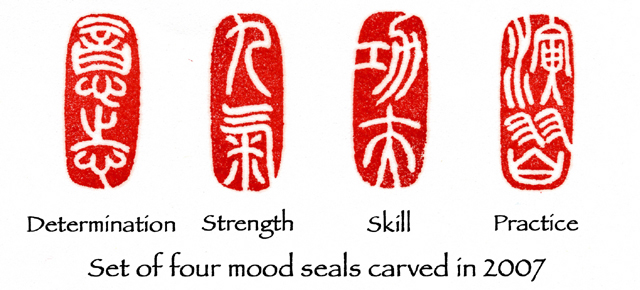
I carve my own seals; my first was made from a small block of dense, fine-grained olive wood using modern characters. Subsequently, I have carved additional seals in soapstone blocks using the Great Seal Script characters. However, one of my favorite signature seals is a simple, pictographic representation of a winding river.
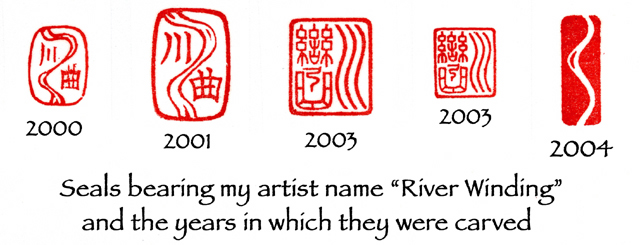
My artist name in Japanese is pronounced “Kawa Magatta” and is written with one kanji that means “River” and a combination of one kanji and two phonetic symbols (Japanese hiragana) that mean “Winding.”
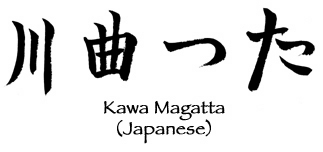
In Mandarin Chinese, my artist name is pronounced “Chuan Wanqu” and is written as three Chinese characters. I usually sign my name using these three characters.
